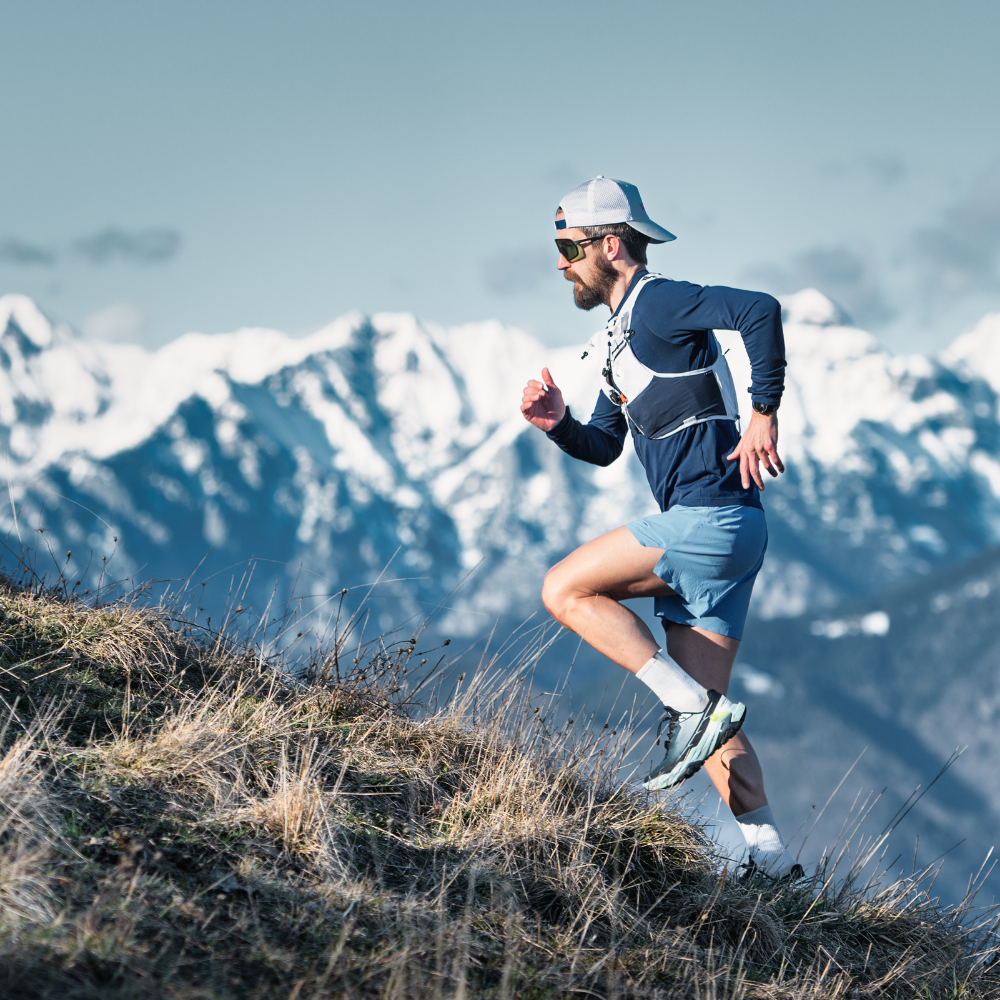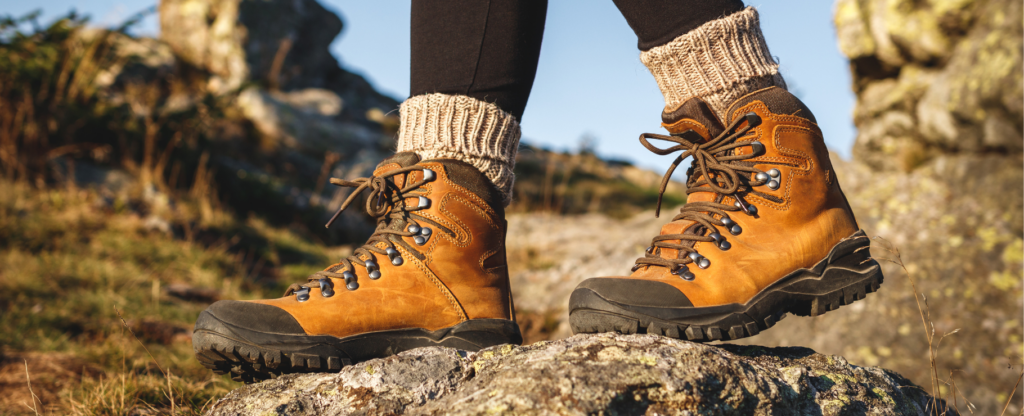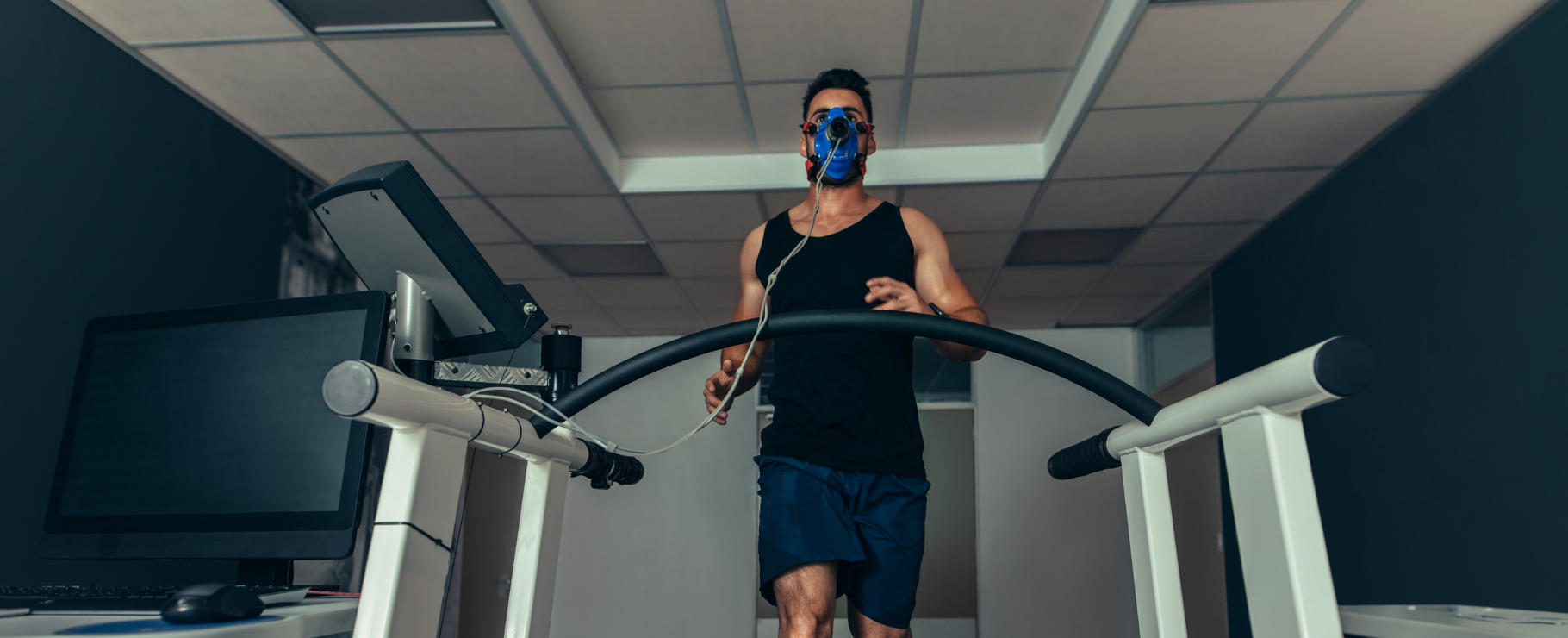Home » Altitude preparation: the keys to hypoxia training
Altitude preparation: the keys to hypoxia training
How hypoxia machines improve our performance in the mountains
Climbing to high altitudes is no easy feat, and any mountaineer knows that preparation is key to dealing with the extreme conditions we will encounter as we ascend. One of the biggest challenges of climbing high-altitude mountains is the reduction in available oxygen, which puts our bodies under unusual levels of stress. To adapt to these challenges, we need to prepare our bodies to deal with the lack of oxygen at altitude, and one of the most effective tools we have today are hypoxia machines.
What is hypoxia training?
Hypoxia training is a technique that simulates exposure to low concentrations of oxygen in the environment, such as occurs at high altitudes. When we train in hypoxia, either through exposure to hypobaric chambers or using hypoxia machines, we are teaching our body to adapt to a limited supply of oxygen, something we will experience in the mountains.
Hypoxia machines reduce the amount of oxygen we inhale, mimicking the conditions we would experience at high altitudes. Although they do not create a low-pressure environment like in the mountains, they do reduce the available oxygen, allowing our body to begin to adapt. This type of training helps activate certain physiological processes that are essential to withstand altitude conditions.
Why is it important to prepare for hypoxia on a climb?
As we ascend, the oxygen in the air decreases, and this reduced availability can severely affect our performance and health if we are not prepared. Hypoxia, or lack of oxygen, can lead to the dreaded altitude sickness, the symptoms of which include headache, nausea, fatigue, and in severe cases, respiratory and cognitive problems. Acclimatization is essential to avoid these symptoms and to enjoy a safe and satisfying climbing experience.
Hypoxia training helps our body produce more red blood cells and improve the efficiency with which we use the available oxygen. This, in combination with acclimatization in the mountains, allows us to adapt more quickly and reduce the risks of altitude sickness. Hypoxia machines, in particular, are an accessible tool that we can use in our regular training, giving us an advantage when facing high altitudes.
Improved respiratory efficiency and endurance:
Key benefits of hypoxia training
- Increased respiratory efficiency: By training with less oxygen, our body learns to use it more efficiently. Breathing becomes deeper and more controlled, which is crucial at high altitudes, where every inhalation counts.
- Increased red blood cell production: The body responds to low oxygen availability by producing more red blood cells, which improves our ability to transport oxygen to muscles and tissues. This is one of the main adaptations we need to withstand hypoxia in the mountains.
- Reduced muscle fatigue: By getting used to training with less oxygen, we improve the distribution of oxygen to the muscles, which reduces fatigue and allows for longer performance during the climb.
- Mental strength: Training in hypoxic conditions not only prepares our body, but also our mind. By facing the difficulty of breathing with less oxygen, we develop mental resilience that will be crucial to withstand the challenges of the mountains.

How to use hypoxia machines in a training plan?
To maximize the benefits of hypoxia machines, it is ideal to integrate them into a gradual and progressive training plan. Here are some tips for using them effectively:
- Start with short sessions: If you’ve never trained in hypoxia, start with sessions of a few minutes and increase the time as your body adjusts to the oxygen restriction.
- Use the machine for cardio and resistance training: Activities such as running, cycling or performing high-intensity circuits while using the machine with the mask will help you simulate conditions of effort at altitude.
- Increase the difficulty gradually: As you get used to training with the machine, you can increase the intensity and duration of the exercise to maximize the benefits.
- Integrate recovery breaks: Training in hypoxia requires adequate breaks to allow the body to recover. Alternating between intense sessions and rest is essential to avoid extreme fatigue.
How to use hypoxia machines in a training plan?
Although hypoxia training with machines can be a valuable tool, it is not a complete substitute for acclimatization in the mountains. Acclimatization is still essential when it comes to extreme altitudes, and although we can prepare at home or in the gym, nothing replaces the experience and benefits of adapting on the mountain itself.
For this reason, we recommend combining hypoxia training with real acclimatization, allowing the body to get used not only to the low availability of oxygen, but also to the atmospheric pressure and physical conditions of the mountain. This combination ensures complete preparation, reducing risks and increasing the likelihood of a successful experience on our climb.
At Top Summits of the World we know that climbing at high altitudes is a challenge that requires both physical and mental preparation. Hypoxia machines are a tool that allows us to simulate altitude conditions and improve our resistance and ability to adapt to limited oxygen. Although they do not replace mountain acclimatization, they are a great ally in preparation, helping us develop the strength and resilience necessary to face great challenges. So, if you are thinking about your next big adventure, consider integrating a hypoxia machine into your training and get ready to reach new heights with confidence and safety.
OUR LATEST PUBLICATIONS

How to choose the best hiking boots for extreme climates
Protect your feet at heights At Top Summits of the World we know that every detail counts when it comes to facing the challenges of

Nutrition tips for mountain climbs
Everything you need to keep in mind before, during and after Climbing mountains is not only a physical challenge, it also puts your body to

How to prevent altitude sickness on your climbs
You must know everything At Top Summits of the World we understand the irresistible call of the mountains and the thrill we feel when reaching


